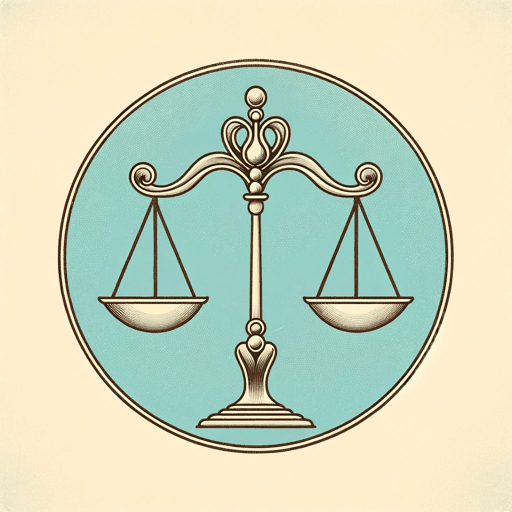57 pages • 1 hour read
Immanuel KantCritique of Pure Reason
Nonfiction | Book | Adult | Published in 1781A modern alternative to SparkNotes and CliffsNotes, SuperSummary offers high-quality Study Guides with detailed chapter summaries and analysis of major themes, characters, and more.
Summary
Prefaces and Introduction
Part I: “Transcendental Aesthetic”
Part II: “Transcendental Logic,” Book I, Chapter I
Part II: “Transcendental Logic,” Book I, Chapter II
Part II: “Transcendental Logic,” Book II, Chapters I-II
Part II: “Transcendental Logic,” Book II, Chapter III
Part II: “Transcendental Logic,” Division II, Books I-II, Chapter I
Part II: “Transcendental Logic,” Division II, Book II, Chapter II
Part II: “Transcendental Logic,” Division II, Book II, Chapter III
Transcendental Doctrine of the Method
Key Figures
Themes
Index of Terms
Important Quotes
Essay Topics
Further Reading & Resources
Part II: “Transcendental Logic,” Book II, Chapter IIIChapter Summaries & Analyses
Transcendental Doctrine of Elements
Part II: Transcendental Logic, Book II: Analytic of Principles, Chapter III & Appendix Summary
The “Transcendental Analytic” has been the study of the nature of understanding, especially its categories and principles. Before turning his attention to the faculty of reason in the “Transcendental Dialectic,” Kant thinks it is necessary to include a couple of addenda.
The first is an extended discussion on the distinction between phenomena and noumena, which requests a distinction between a transcendental concept and an empirical concept. Transcendental concepts refer to objects as they supposedly exist “in themselves,” that is, beyond our experience of them. Empirical concepts are always of objects as they appear, “i.e., to objects of a possible experience” (305). Kant attempts to prove that the categories of the understanding are always only of empirical use. The objects of transcendental concepts are noumena and the objects of empirical concepts are phenomena. Kant writes that “intellectual intuition” would be necessary to perceive objects beyond the way in which they appear to us in sensible intuition. This is not something that the mind can do, though, and so we can never have an experience of an object that is not empirical.
After this, Kant provides an appendix on “The Amphiboly of Concepts of Reflection.” An amphiboly is an ambiguity that results from the way in which words are grammatically constructed.
Related Titles
By Immanuel Kant




